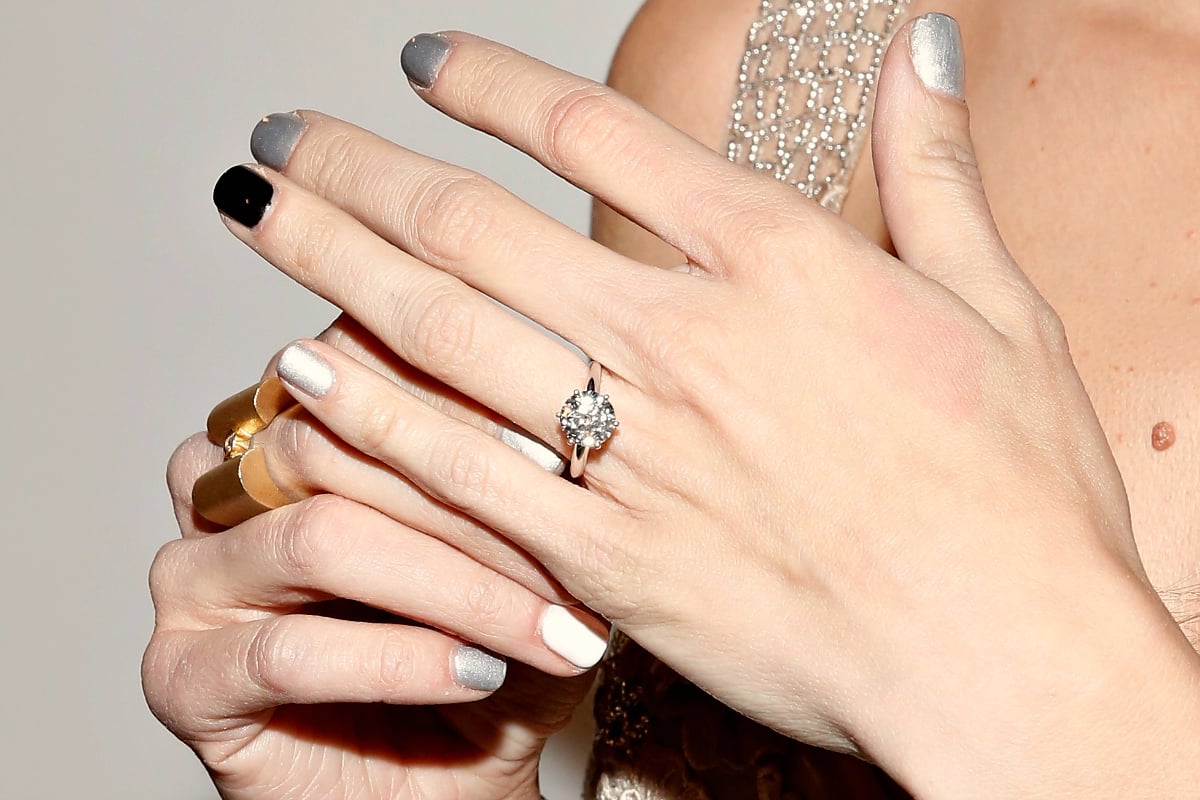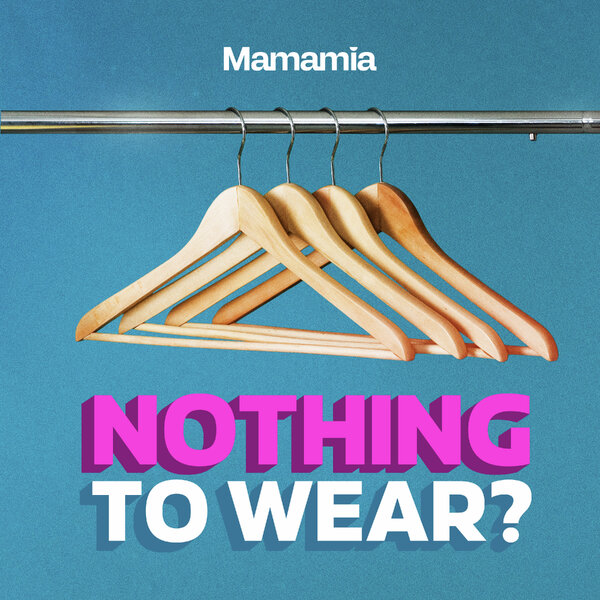
It took a lot for diamonds to get here.
They started life as carbon roughly one to three billion years ago, more than 150km beneath the surface. All the heat and pressure down there squashed that carbon into a solid, and those solids were shoved toward the surface by a deep-source volcanic eruption, meaning we humans could dig ’em up, give ’em a good ol’ polish and use ’em to decorate our bodies.
But that process, literally billions of years in the making, is now being disrupted.
Technological advancements have allowed scientists to create real diamonds artificially. These gems have the same chemical and physical composition as traditional, mined diamonds, but they’re produced in a lab or factory in a matter of weeks.
Gemmologists typically refer to these stones as ‘synthetic diamonds’, but the broader jewellery industry tends to use terms like lab-grown, man-made or even ‘created’ diamonds to avoid giving consumers the (false) impression that they’re fake.
Whatever you call them, these gems are making their mark.
Over the past five years in particular, lab-grown diamond manufacturers have been producing diamonds of such quality and affordability that the boss of one of the largest — Diamond Foundry’s CEO Martin Roscheisen — has boldly claimed that sales of lab-grown diamonds could eclipse sales of mined ones by 2030.





























































































